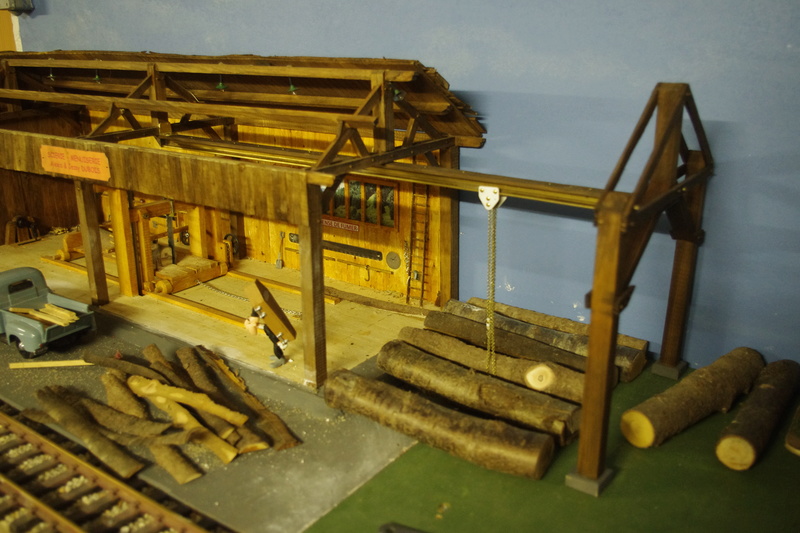
It’s nice to have structures on our railways. You can often see coaling towers, sand stations, water towers, and sometimes a sawmill. A sawmill can also be a source of additional industries, such as a lumber store for cut planks or a log storage area, featuring an overhead crane. You might add animated features to […]
Read More…
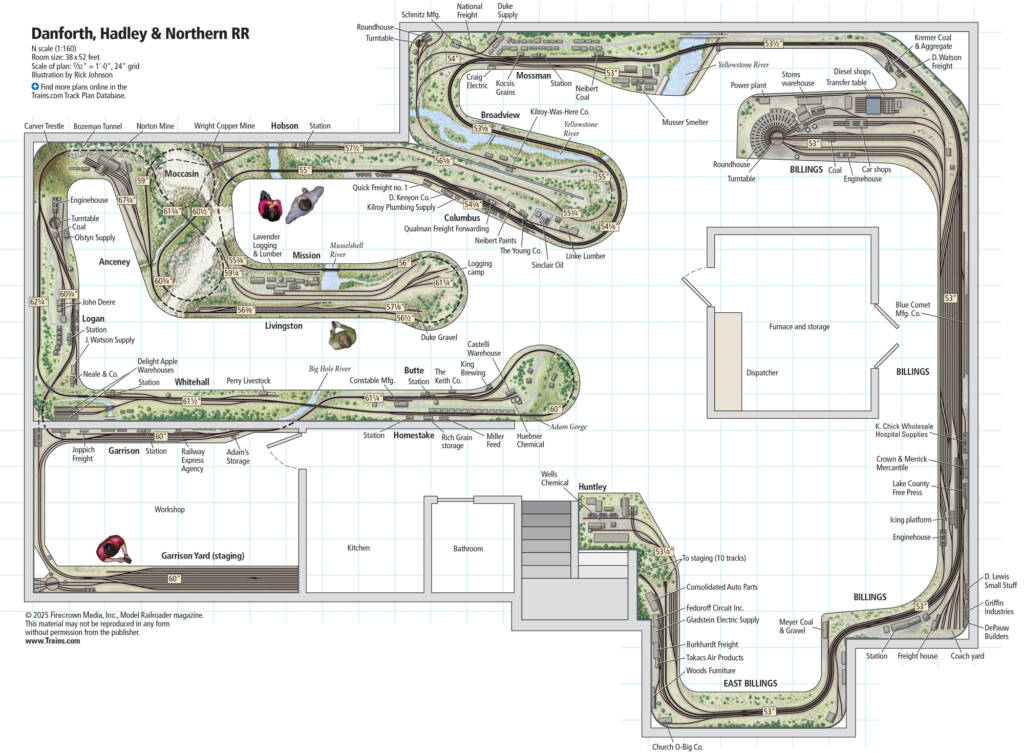
Facts and features Name: Danforth, Hadley & NorthernScale: N (1:160)Size: 38 x 52 feetPrototype: freelanced, based on Northern PacificLocale: central MontanaEra: 1955Style: walkaroundMainline run: 400 feetMinimum radius: 24″ (main), 20″ (branch)Minimum turnout: No. 5 (main), No. 4 (industrial spurs)Maximum grade: 1.5% (main), 2.25% (branch), and 3% (logging)Benchwork: L-girder, with Homasote and spline roadbedHeight: 52″ to […]
Read More…
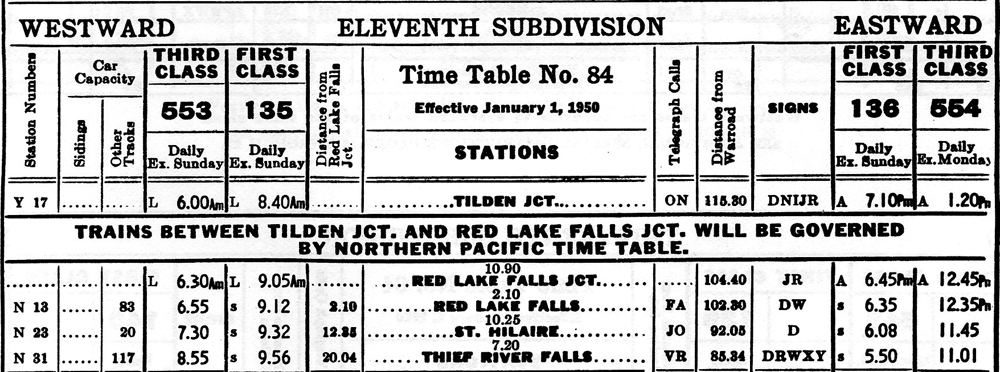
Q: I’m currently planning a layout that features several railroads, including a mythical short line that has to use running rights with the larger railroads. How would these running rights work in regards to timetables and train orders? And how would clearance cards be issued? Would there be a clearance card issued by each road, […]
Read More…
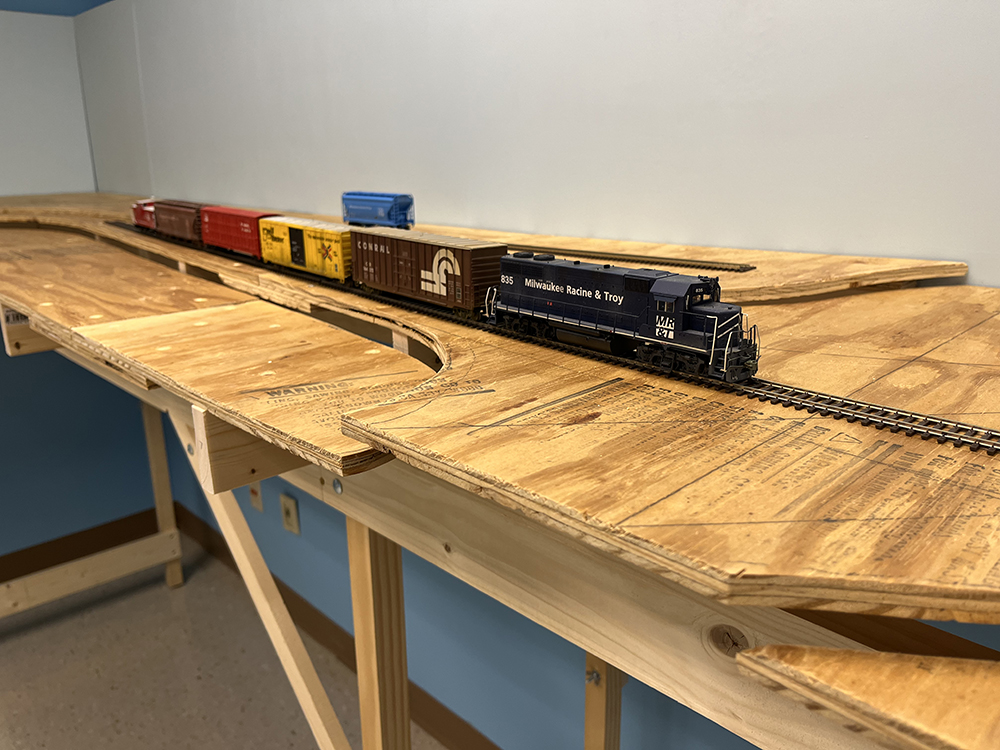
Once you’ve decided you’re going to build a model railroad, it won’t take you long to realize there are a few tools you’ll need to get the job done. Some of the more common hand tools may already be knocking around your workshop. However, unless you do a lot of woodworking projects, you likely don’t […]
Read More…
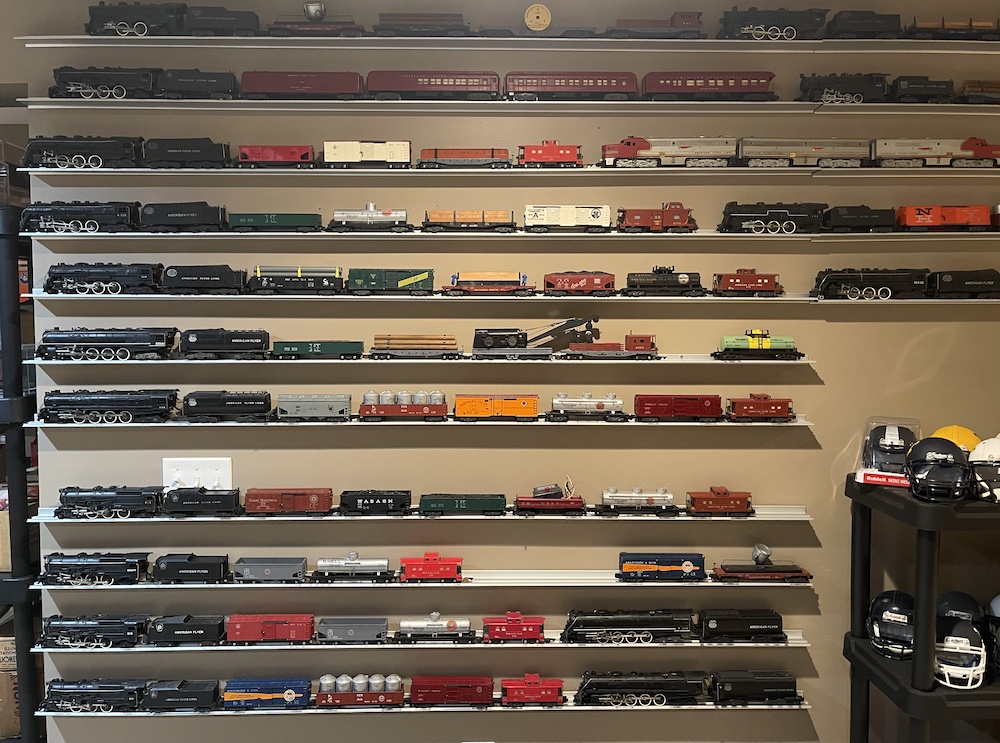
What do I collect? I collect S gauge Gilbert American Flyer, as it’s the scale and brand with which I entered the model railroading hobby. I have always enjoyed S gauge, as the size is nice and Gilbert American Flyer enjoys a great history and loyal, albeit somewhat small, following. When did I start collecting? […]
Read More…
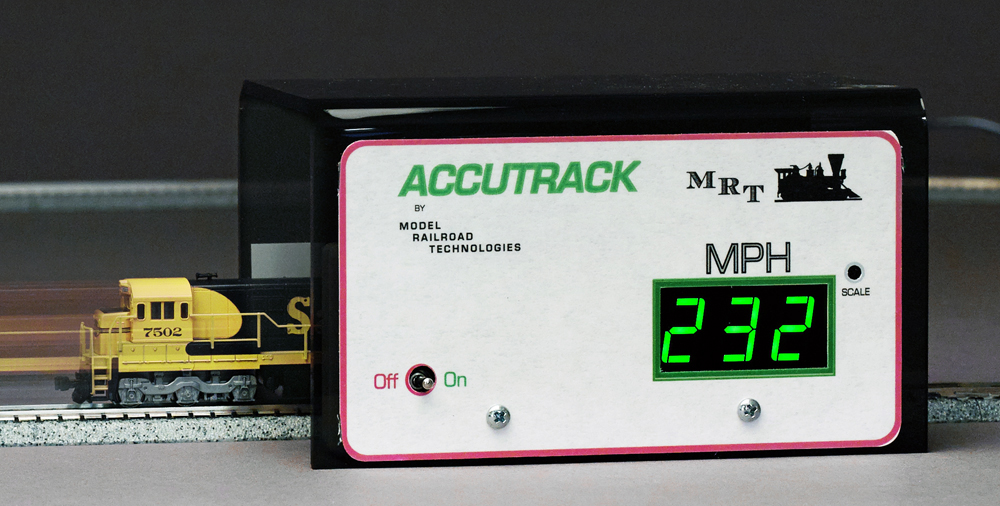
Q: In Model Railroader product reviews, locomotive speed is often measured and compared with the prototype. I was wondering how this is done so I can run my trains at prototypical speeds. — George Smitton A: When we test locomotives at the workbench, we use the Model Railroad Technologies Accutrak II train speedometer for measuring […]
Read More…
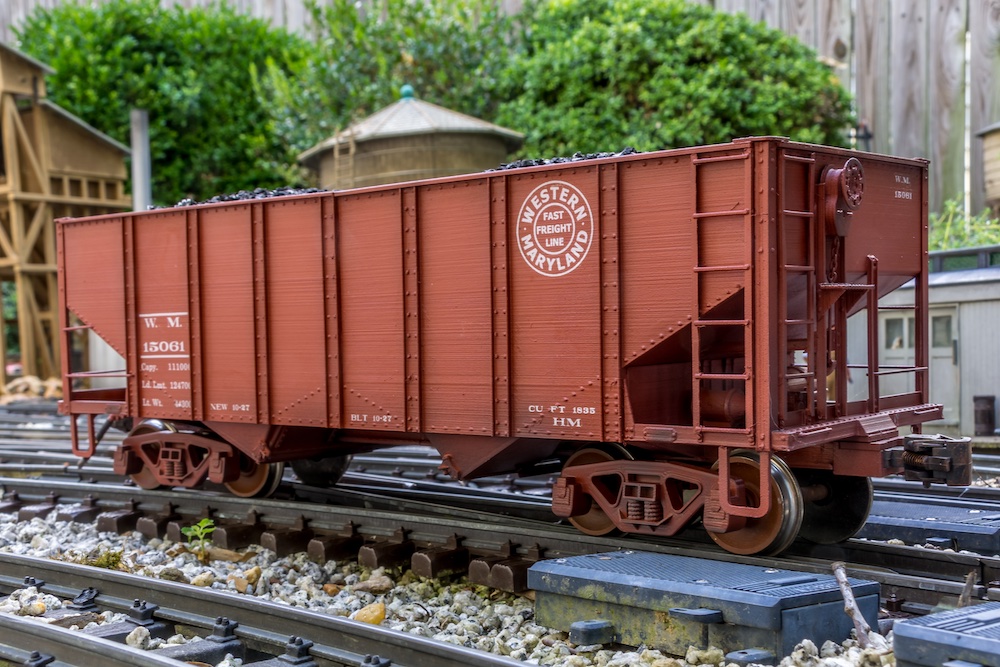
I model the Western Maryland Ry. (WM) from the 1920s to before the start of World War II. Appropriate commercial models of coal hoppers for my modeling era are limited in large scale. I was using LGB two-bay and Bachmann three-bay hoppers as stand-ins, but I wanted accurate, period-specific coal hoppers for my rolling stock […]
Read More…
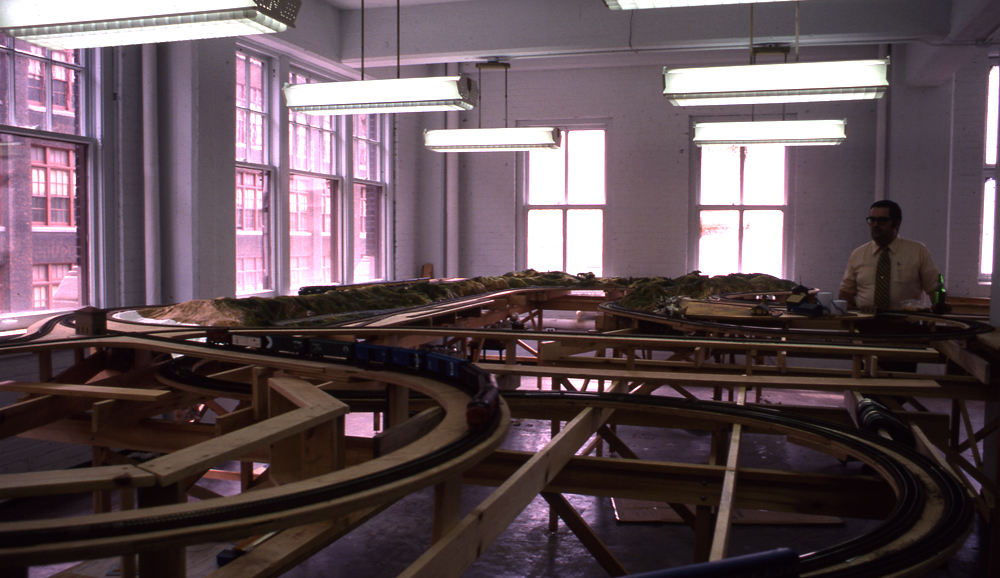
The original Milwaukee, Racine & Troy, located on the third floor of Kalmbach Publishing Co.’s former headquarters at 1027 North 7th Street in downtown Milwaukee, started in rather unassuming fashion. No fanfare. No ribbon-cutting ceremony. Just a short memo dated November 13, 1975, with the subject line “Kalmbach Model Railroad Club.” It read: “A club […]
Read More…
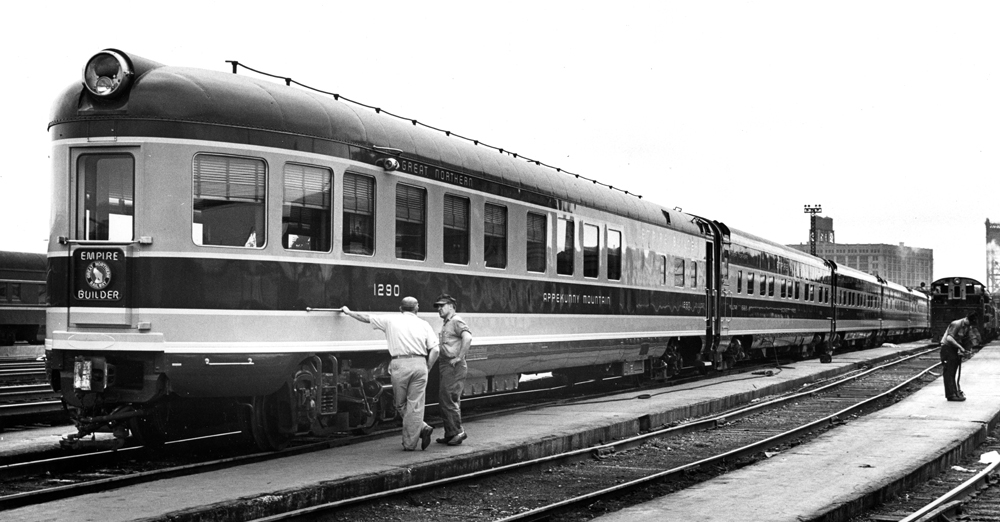
Q: I have some questions about streamlined observation cars with rounded ends. What was the purpose/use of the large light located at the end of the roofline of these cars? Is it a white light for reverse moves, or is it a red light similar to a modern day Flashing Rear End Device? Could the […]
Read More…
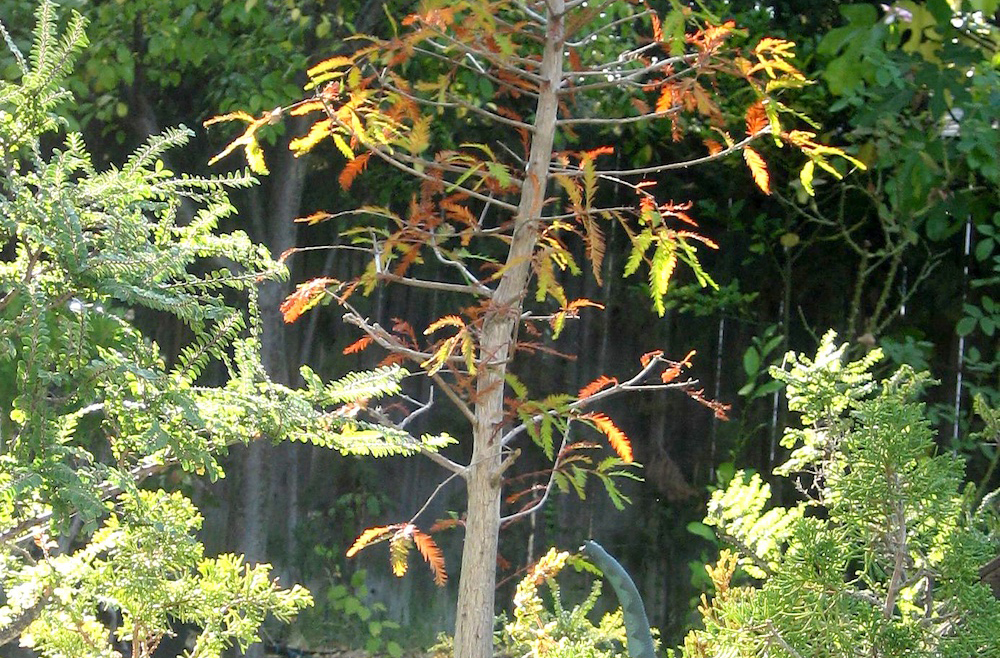
Common name: Dwarf baldcypress, dwarf swamp cypress Latin name: Taxodium distichum ‘Peve Minaret’ Plant size: 6-10′ high by 3′ wide in 10 years USDA Hardiness Zones: 5-11 (marginally in Zone 4) Cultural needs: Moist, acidic soil; sun T.d. ‘Peve Minaret’ is a dwarf variety of the magnificent swamp cypresses of the Florida Everglades. The dwarf […]
Read More…
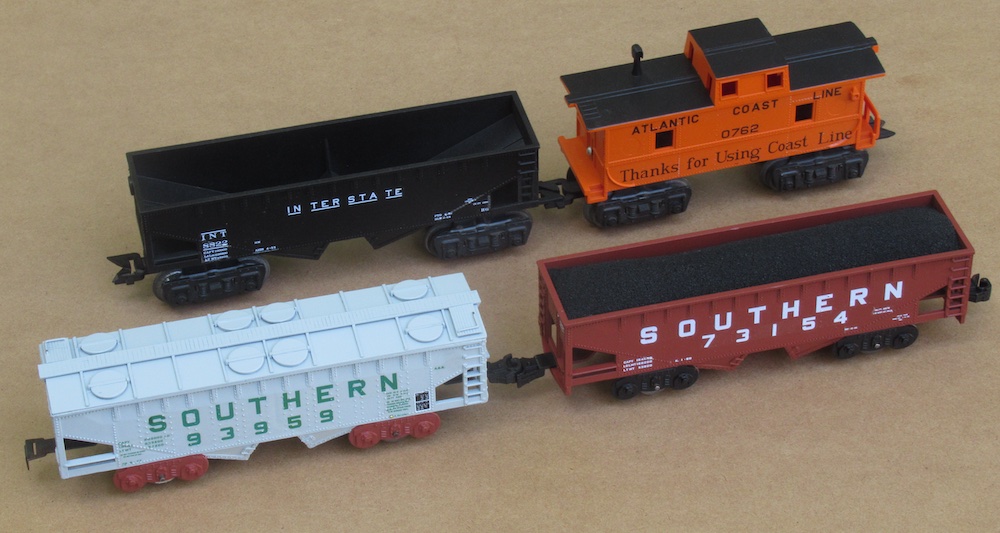
Although our family had a wind-up Marx set when I was very young, my real interest in Marx trains began when I received a Marx Allstate set for Christmas about 1961 when I was 10. My father bought it at the Sears surplus store on North Main St. in High Point, N.C. for, I think, […]
Read More…
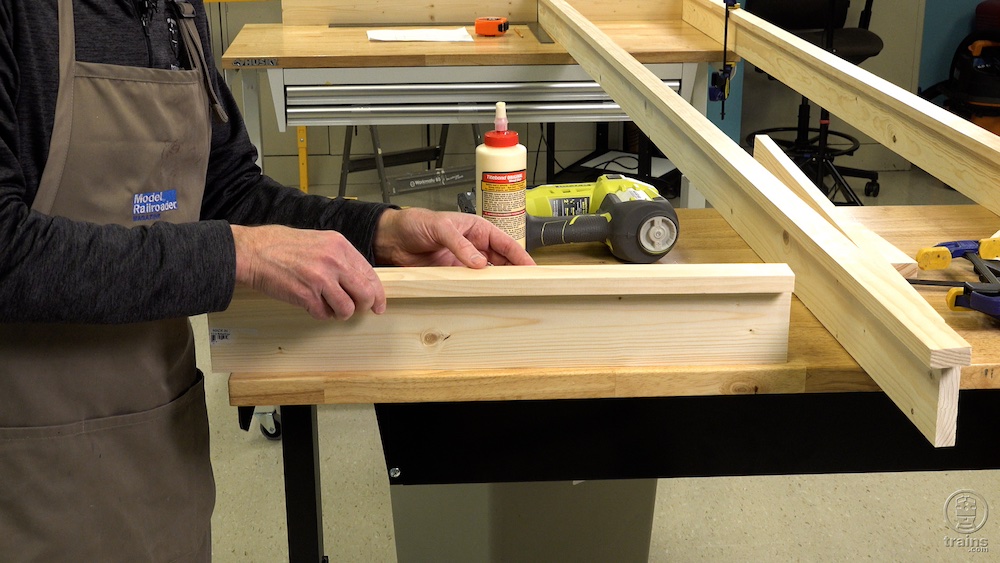
According to Model Railroader Editor Eric White, former Editor Linn H. Westcott’s L-girder benchwork has been a hallmark technique in the hobby that’s been passed down to today’s modelers. It checks off many boxes, especially being a straightforward process in its assembly. How straightforward is it? Let’s find out as we learn how to build […]
Read More…












